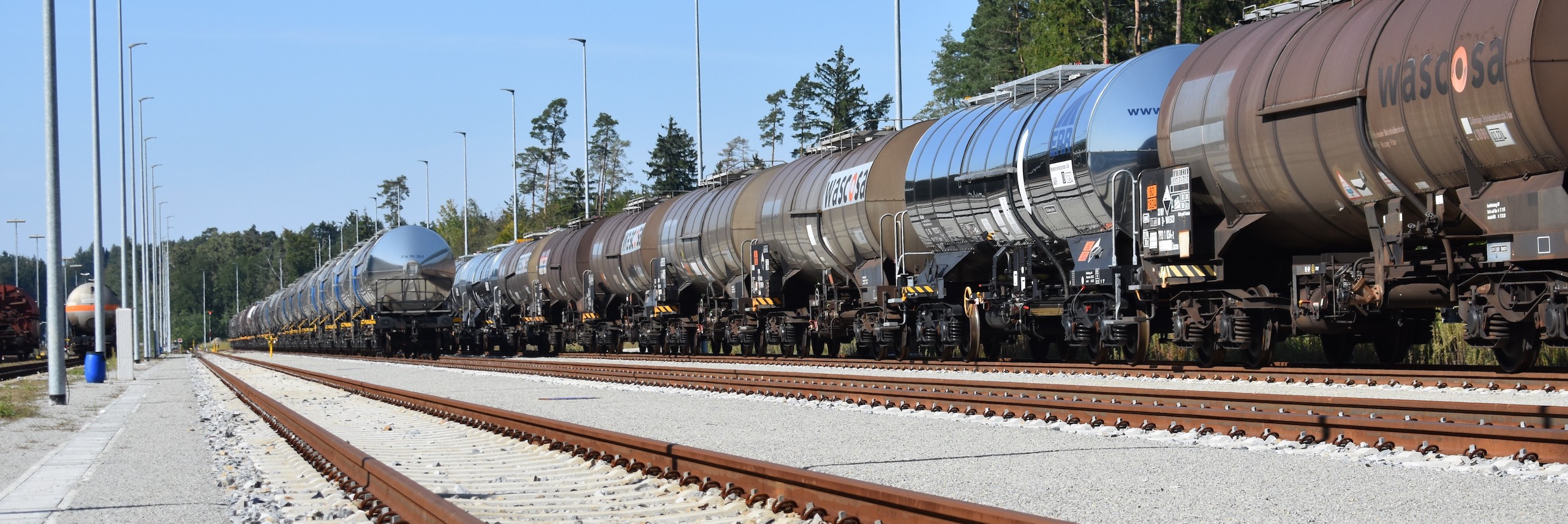
FAQ
Here we have answered the most frequently asked questions for you. If you have any further questions, please contact us.
So far, there has been no signalling. However, many users are used to wanting to/being able to recognise on site at the system whether a measurement has been completed and/or was successful. This is desired for both detection and weighing.
Solution:
If requested, the status of the device and the operating mode is signalled by a WERMA signal tower on the device. This could look like this, for example:
- Green steady: Ready for operation
- Green flashing: Measurement in progress
- Flashing orange: Last measurement faulty
- Orange permanent: Data connection failure
- Red: Serious error -> Inform support
In principle, there are no limits to the possibilities here. Acoustic signals are also possible.
It can be for various reasons that a vehicle is not identified: dirt, basically no UIC/no identification mark available, etc. Here the question arises how the measured weights are then assigned to the vehicle.
Technical implementation:
First, each individual axle is measured. The individual axles are then combined into vehicles and the vehicles are numbered consecutively. This grouping is done purely on the basis of the switching signals on the rail switches and the sensors and has nothing to do with the optical recognition. The optical separation of the entire train also takes place on the basis of the switching signals.
This means that the weighing results are always correctly assigned to a vehicle. In the further course of processing, the vehicle is then identified, if possible, and the UIC is assigned to the vehicle. If no UIC is present (or was not recognised), the user can then of course identify the vehicle in question from the image.
For signalling of the operating states, see basically State signalling (readiness, faulty measurement etc.)
The concrete question is: What happens if the measurement of only one or several wagons was faulty?
Solution:
In practice, the train driver only receives a message if something went wrong during the measurement. He will then pass the measuring point again with the whole train anyway.
There is no general answer to this question.
First of all, the recognition can be exhausted via the check digit: The UIC numbers have a check digit, so if all digits except one are recognised, then the missing digit can be calculated.
If the machine does not recognise the UIC, but the number is still recognisable to the human eye, then we will update the number. The user also has the option of entering the UIC himself.
Of course, if the wagon is so dirty that you can't see anything with the human eye, then the machine can't either.
On request, wagons with unrecognised UIC numbers are automatically reported and presented.
In any case, the high-resolution image of the wagon is available.
When used in seaports, the systems are exposed to special weather conditions and are designed accordingly for these cases.
Rust
The control cabinets have protection class IP67. For use in seaports, the control cabinets are made of aluminium. In extreme conditions, the cabinets can also be made of V4A.
Wind
Near the coast, there can regularly be strong winds. The measuring points are therefore firmly bolted to the concrete base, which in turn is bolted to a base plate or foundation.
For use in highly frequented routes, fail-safe, reliable operation is required. If faults do occur, they must be rectified promptly.
The systems are permanently connected to the control centre. Faults are reported immediately. Many conceivable faults can be remedied immediately via remote access.
We have a nationwide network of over 20 service technicians to repair mechanical damage. The time within which a technician is on site in the event of damage is subject to the individual agreement of the respective application. As a rule, any damage that does not require the complete replacement of the system is repaired within 24 hours.
Due to the short distance between the optical system and the rail vehicles, the quality of the image recognition is not impaired even by heavy precipitation.
Yes.
Lighting is integrated into the camera system. Image capture and vehicle identification work even in complete darkness.
In principle, yes.
The main purpose of the images is the identification of the vehicles, the recognition of the dangerous goods marking and other markings. Monochrome images (i.e. black and white) are sufficient or more suitable for identification and recognition. A monochrome image also allows for infrared illumination. A "white" illumination required for colour images is often not desired and in many cases also not permitted for various reasons. Therefore, the recording is monochrome by default.
If desired, it is of course also possible to use colour cameras.